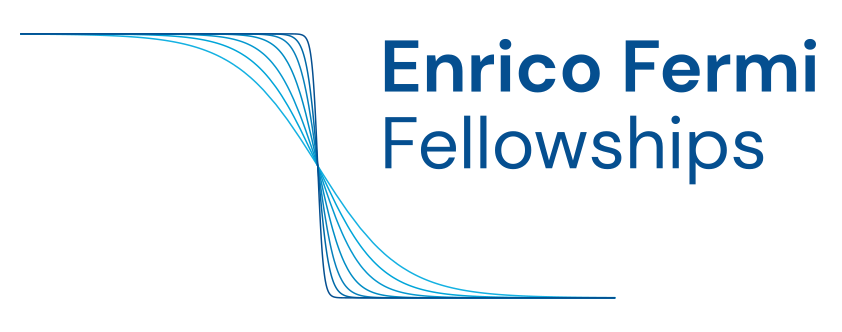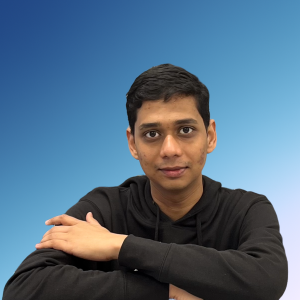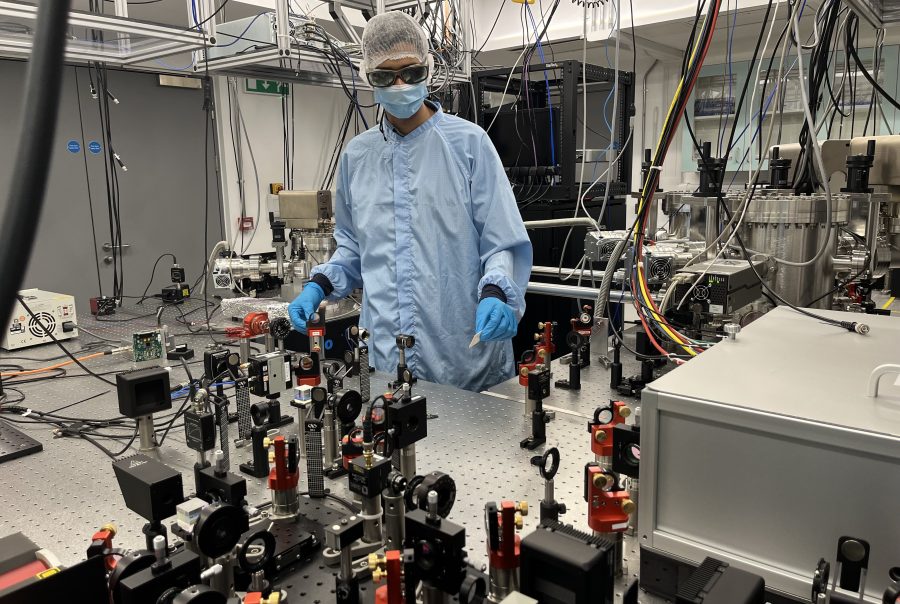Cardiff University
Supervisors: Hartmut Grote (Cardiff University) – Animesh Datta (University of Warwick)
Short Bio: I earned my BS-MS from IISER Kolkata, with a major in physics and a minor in mathematics. As part of my master’s project, I picked-up modeling optical systems for the Laser Interferometer Gravitational Wave Observatory (LIGO) and have been doing the same since. I moved to Cardiff, UK in 2021, to pursue a PhD in physics with a focus on modern optical interferometry for probing fundamental science signals. With my time here, I had the pleasure to meet and work with great people, visit LIGO and improve my understanding on various topics, from quantum gravity theory to RF electronics and FPGA programming. I plan to use my time with the Enrico Fermi Fellowship to the fullest and bring together the fields of precision interferometry and quantum gravity.




